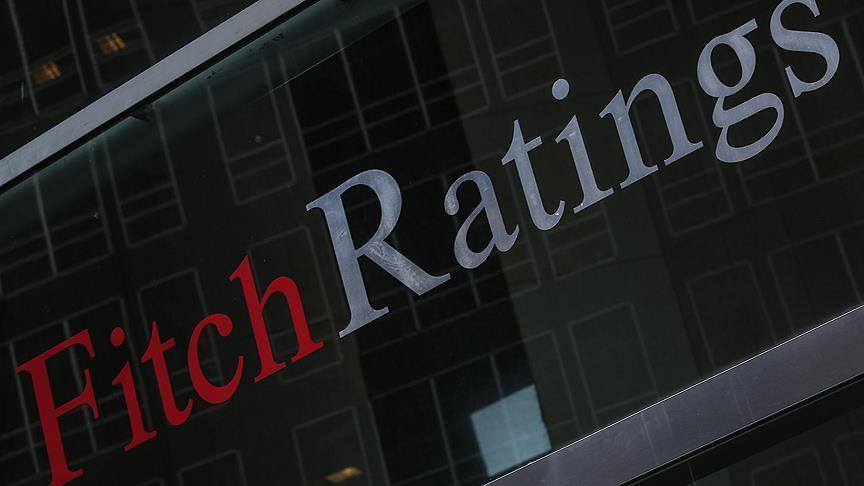December, 17, 2019

The global emissions gap between government pledges and actions increases the risk of a rapid increase in the scope of climate regulation, Fitch Ratings says. Most countries lag substantially behind their existing Nationally Determined Contribution (NDC) pledges, let alone the emissions trajectories required to limit warming to 1.5C. The timings (2020 and 2023) of the stock-take of NDC performance and 'ratchet' mechanisms of the Paris Agreement could trigger a change in policy direction.
The impetus to turn pledges into action is far from uniform across the world. The effectiveness of carbon pricing schemes in reducing emissions is limited by low coverage and prices - although this is beginning to change in EMEA, Latin America and Asia Pacific. Carbon pricing is a technology-agnostic policy measure so prices, coverage and exemptions may tighten to align with NDCs.
The manufacture of carbon-intensive commodities (steel, cement, ammonia fertilisers, and ethylene) will be affected by any tightening of coverage and prices because of the technical challenges of decarbonising existing technologies, overall energy intensity, and the lack of substitutes. Regional differences in industrial processes and practices will also affect compliance costs.
Impacts of carbon pricing will not be felt uniformly even within affected regions, and will be determined by a range of sector and company/facility-specific characteristics. Asset lifespan, availability of substitutes, mitigation possibilities and competitive position are key determinants of exposure to climate policy risk.
Governments have been helping to mitigate direct and indirect costs of carbon, but older and inefficient plants will increasingly struggle to obtain support. In the meantime pressure for carbon reduction is likely to erode financial support. Canada, Japan, South Korea, Mexico, South Africa and the EU are expected to see a significant fall in free carbon allowances by 2023.
The effects on the bottom line for companies will ultimately depend not just on carbon pricing but net allowances - which will be influenced by plant-level factors and some of the company-level characteristics outlined above.
Video Story